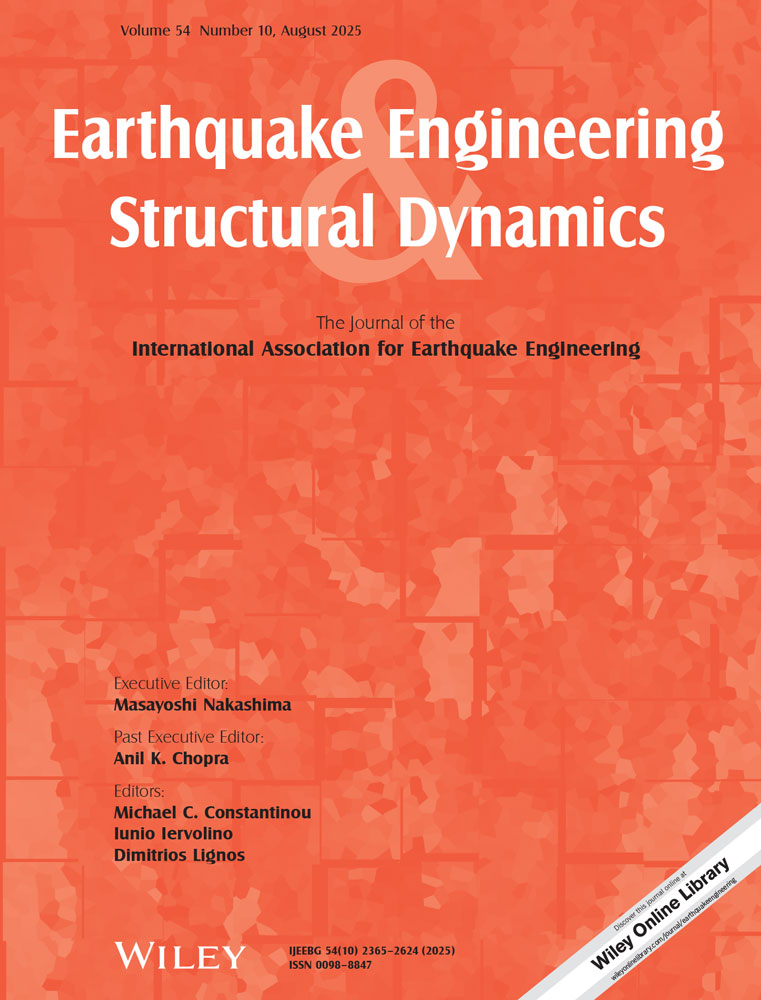Modeling of an actively braced full-scale building considering control–structure interaction
Abstract
Recently, the application of active control to seismic-excited buildings has attracted international attention. To demonstrate the practical applicability of active control, we have conducted experimental tests using a full-scale three-storey building equipped with active bracing systems on the shake table at the National Center for Research on Earthquake Engineering (NCREE), Taiwan. Experimental results indicate that the control–structure interaction (CSI) effect is significant. A state-space analytical model of this actively controlled building taking into account the CSI effect is established in this paper using a system identification technique based on curve-fitting of transfer functions. To verify the accuracy of the analytical model for simulating the controlled response, four sets of linear quadratic Gaussian (LQG) controllers using acceleration feedback are designed and further experimental tests are conducted for comparison. It is demonstrated that the correlations between the simulation and experimental results are remarkable. The construction of an accurate analytical model is important for active control, and such an analytical model can be used for future benchmark studies of different control algorithms based on numerical simulations. Copyright © 2000 John Wiley & Sons, Ltd.




